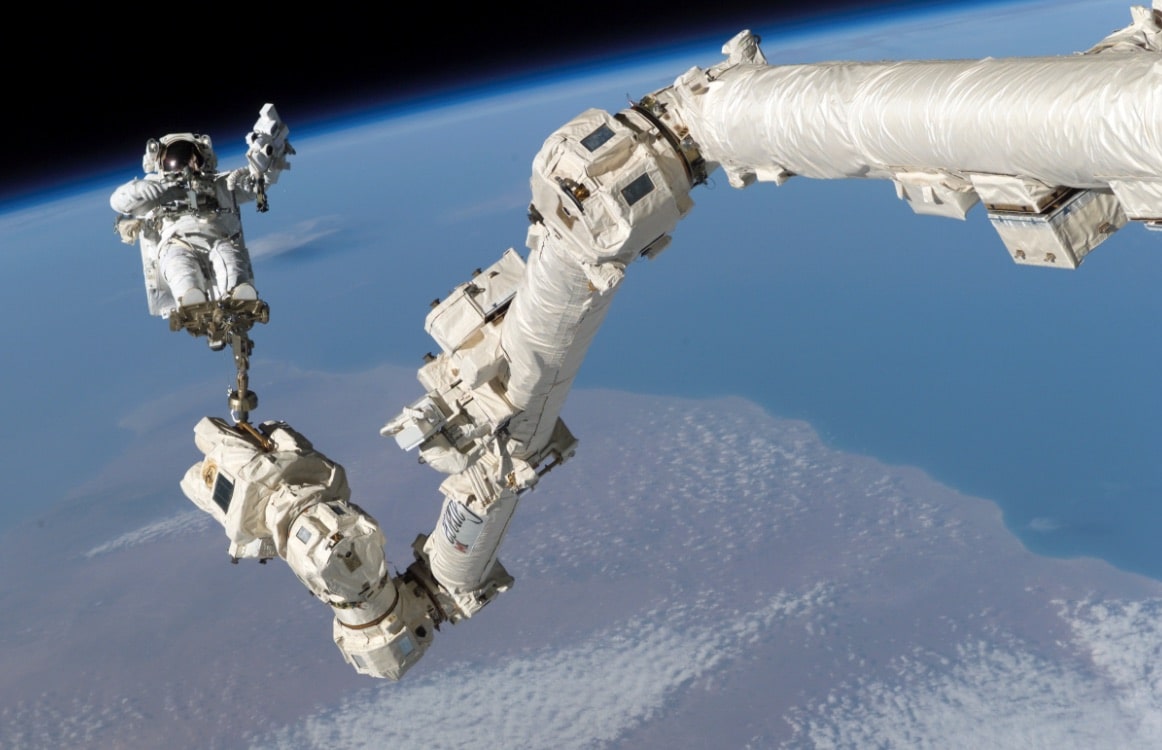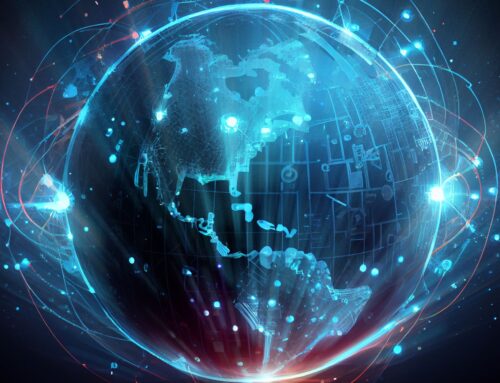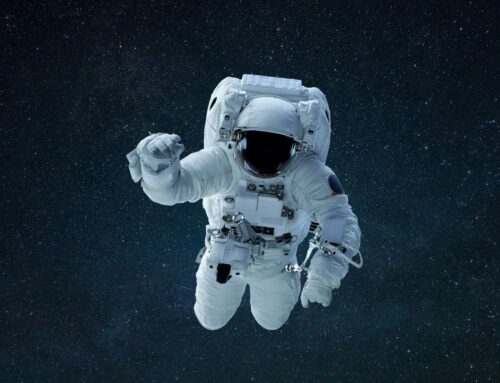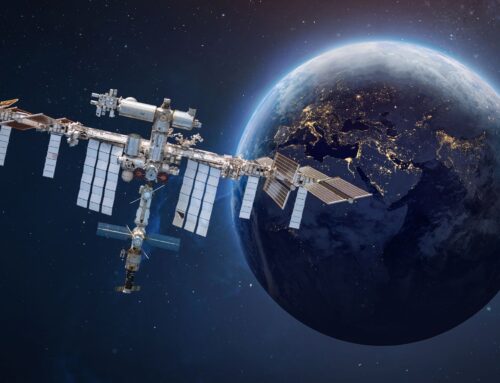The adoption of AI has caused a revolution in industries across the globe. The space sector has been one of the earliest to harness these powerful tools to solve problems faster and maintain more efficient operations. While AI can be used for rocket launches and other engineering developments, it has also expanded into many other off-planet disciplines. From clearing space junk surrounding Earth’s orbit to helping us venture further into our galaxy, as witnessed with the Perseverance rover’s terrain navigation system on Mars, the potential of AI in space hasn’t even reached its apex yet.
Here are some of the ways that AI innovations are catapulting the space industry to success:
Satellite Data Processing
Earth observation satellites process large troves of data. When received by Earth-based stations in sets over extensive timeframes, it then has to be pieced together before its analyzed. While some crowdsourcing projects can conduct satellite imagery analysis on a small scale, AI can help provide a much more accurate and detailed satellite data analysis. Due to the large volume of data, AI is effective in processing it efficiently. So far, it’s been capable of estimating heat storage in urban locations and combining meteorological information with satellite imagery to detect and predict wind speeds. AI has helped provide solar radiation estimation using geostationary information from satellites, among many other applications.
AI is also useful for processing data from the satellites themselves. Recent research shows that when scientists tested numerous AI techniques for a remote satellite health monitoring system, they were capable of analyzing data to detect technical issues, predict satellite wellbeing and performance and offer a visualization to the crews to make informed decisions.
Astronaut Assistants
While autonomous robot assistants don’t yet exist, researchers are working on similar robots that will be helpful to astronauts on space missions. These AI-based assistants will allow astronauts to better manage operations, lifestyle and research during deep space missions to foreign worlds. For example, a recently developed virtual assistant may detect dangers in lengthy space missions, including changes in the spacecraft’s atmosphere (like increased carbon dioxide) or it may detect a malfunction that could compromise the mission. It then makes suggestions to the crew so they can inspect and fix the problem.
Cimon, another AI assistant, flew to the International Space Station (ISS) in December 2019, where it will be tested until 2022. Cimon will then be used to reduce stress levels in astronauts by taking on tasks they request the robots to manage. NASA is also further developing Robonaut, a companion for ISS astronauts that will work alongside them or take on jobs that are considered safety risks. Not only will these AI assistants make space travel safer, but they can also help make them more efficient and purposeful for the astronauts who can dedicate their time to more research and development in deep space exploration.
Mission Design and Planning
Developing the vehicles, equipment and plans for reaching Mars is not easy, but artificial intelligence can make it much more manageable. New space missions traditionally utilize the knowledge that’s acquired from previous studies. However, that information is often limited, not fully accessible or sometimes not uniquely relevant to the specific space mission. As technical information is constrained for who can access and share the data among mission design engineers. However, AI helps make the information from previous space missions available to anyone with just a few clicks. AI can help answer complex questions with relevant and reliable information to support early design and planning stages for new space missions.
Researchers are also working on design engineering assistants to help reduce the required turnaround time for initial mission design development, which often takes several hours for humans to complete. Daphne, an intelligent assistant that designs Earth observation satellite systems, is used by systems engineers in satellite design teams. The assistant allows them to better understand the development process as the robot can offer relevant information and feedback and the answers to their specific questions.
Space Debris
One of the most pressing issues in the space industry today is how to manage space debris. The ESA found nearly 34,000 objects larger than 10 cm that pose series of threats to our existing space infrastructures. Innovative ideas are being shaped to tackle the issue, including satellites that re-enter Earth’s atmosphere if deployed within low Earth orbit, where they will disintegrate in a controlled way.
However, there are other space debris removal options that include AI. One approach is to avoid possible collisions of space debris which will prevent more space debris. Researchers developed a new method to design collision avoidance maneuvers using machine learning techniques. Yet another idea requires using computing power on Earth to train these machine learning models, transmitting them to the spacecraft already in orbit or ones that have been deployed and using them on board for various purposes. Some have proposed that pre-trained networks of machine learning models aboard these spacecrafts. This ability will improve flexibility in satellite design and keep the danger of in-orbit collision to a minimum.
Autonomous Navigation & Maneuvering
As demonstrated during Perseverance’s arrival on Mars, ground operation communication does not always allow for human monitoring and operations of the craft. Autonomous navigation allows spacecraft to travel in space and perform complex moves to arrive and land on distant planets and other objects. Human control of a spacecraft often can happen in real-time from the ground due to slow communication in deep space and these crafts can’t wait for commands in many situations that require immediate actions. However, using AI and machine learning guides and maneuvers the spacecraft while freeing up human resources.
These machine learning tools can also provide space situational awareness and conjunction events for these crafts to help prevent collisions. By identifying conjunction events requiring action, experts on the ground can capture data for these events and operator responses to feed the machine algorithms. This can help determine and mitigate future collisions of spacecraft and help mitigate space debris.
AI and machine learning are making revolutionary improvements in the space industry by building a new framework for efficient missions plans and operations while also providing scientists with the capacity to explore further into our galaxy. Automating tasks paves the way for AI, while the ability for spacecraft to become cognitive machines that can make critical decisions based on their environments can take the pressure off relying on ground systems to perform essential tasks. Ultimately, it will create more time for astronauts and scientists to spend on valued and more complex research and exploration activities.






